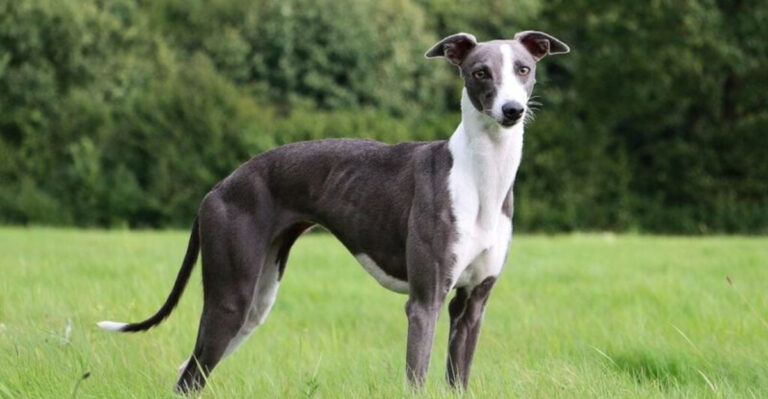13 Facts That Clear Up The Confusion Between The Alsatian And German Shepherd
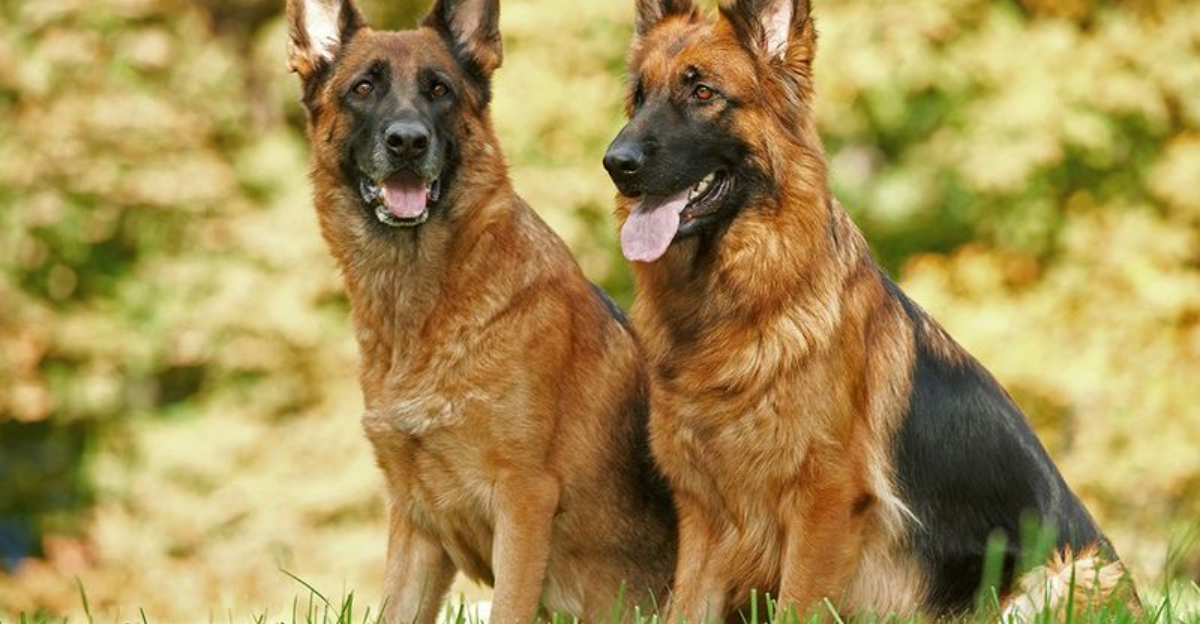
Dogs come in countless breeds, but few cause as much confusion as the Alsatian and German Shepherd. Many people wonder if they’re different breeds or just different names for the same dog.
The truth might surprise you! Let’s explore the fascinating facts that clear up this common canine confusion once and for all.
1. The Origin
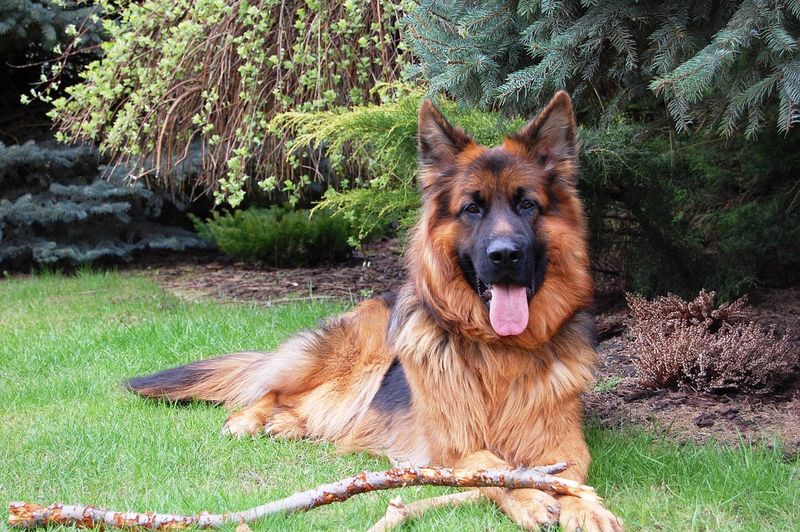
Surprise! Alsatians and German Shepherds are actually the same breed. After World War I, the British renamed the German Shepherd to “Alsatian Wolf Dog” to avoid the German association during anti-German sentiment.
The name comes from Alsace-Lorraine, a region between France and Germany. Eventually, most countries reverted to using German Shepherd, though some still use Alsatian.
2. Are They The Same Breed?

Here’s the truth: Alsatian and German Shepherd are identical genetically—they’re the same breed! The distinction is purely geographical and historical, not biological.
Some folks believe British-bred Alsatians have slightly different physical characteristics than American German Shepherds due to breeding preferences, but they remain the same breed with the same origins.
3. Physical Appearance
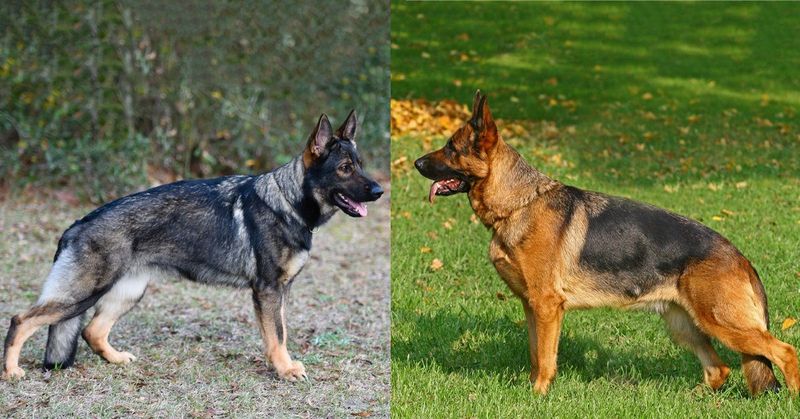
While technically the same breed, subtle differences emerged through regional breeding practices. European Alsatians often have straighter backs compared to the sloped backs of American German Shepherds.
European lines typically have broader heads and heavier bone structure. Color variations exist in both, ranging from black and tan to solid black, sable, or even white.
4. Temperament And Personality
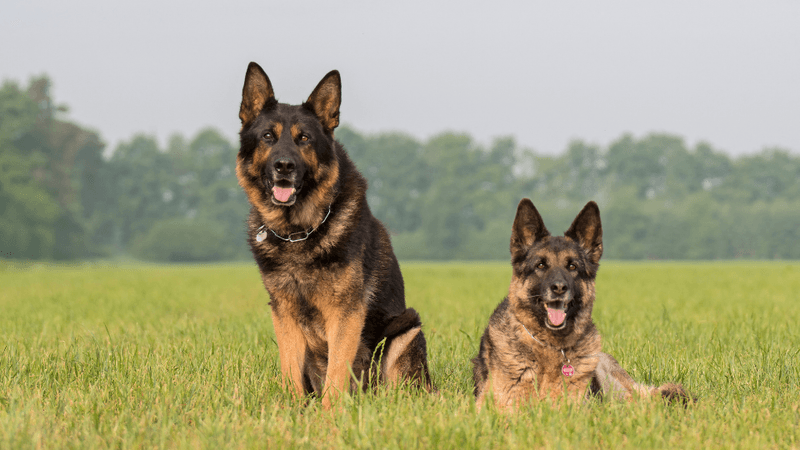
Personality-wise, European-bred Alsatians often display calmer, less reactive temperaments compared to their American counterparts. Working lines tend to show higher drive and energy regardless of name. Both make loyal, intelligent companions.
Show lines typically have gentler dispositions suited for family life, while working lines excel in police and military roles with their higher energy and drive.
5. Training And Intelligence
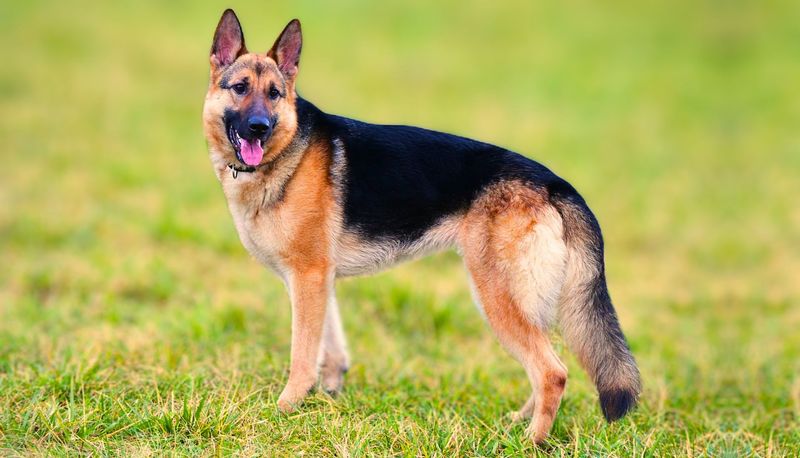
Whether called Alsatian or German Shepherd, these dogs rank among the world’s most intelligent breeds—#3 according to canine intelligence studies!
They can learn new commands in as few as five repetitions. European lines sometimes show more balanced drives, making them marginally easier for novice owners. Both respond beautifully to positive reinforcement and consistent training approaches.
6. Exercise And Activity Levels
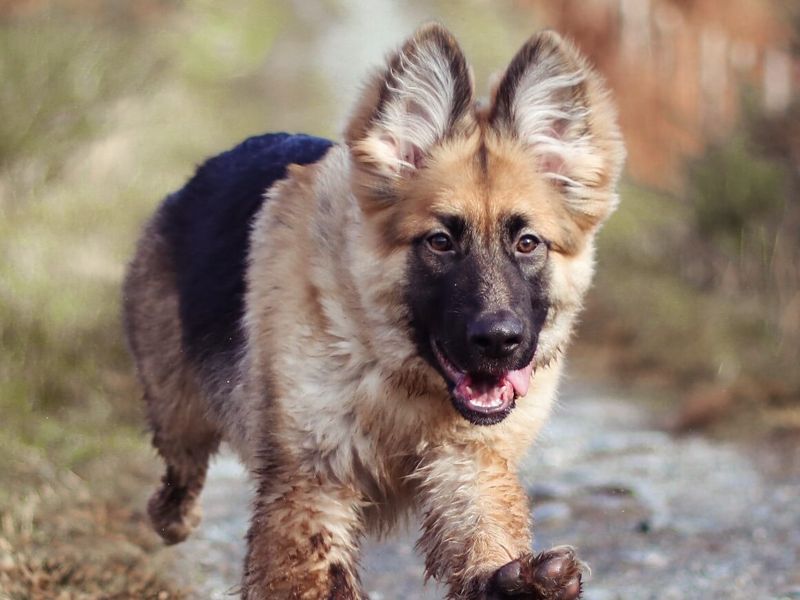
Regardless of what you call them, these energetic dogs need 1-2 hours of daily exercise. Working lines—whether labeled Alsatian or German Shepherd—typically require more intense activity than show lines.
Mental stimulation is equally crucial. Puzzle toys, scent work, and training games prevent boredom and destructive behaviors. Without proper exercise, both develop identical behavioral problems.
7. Health
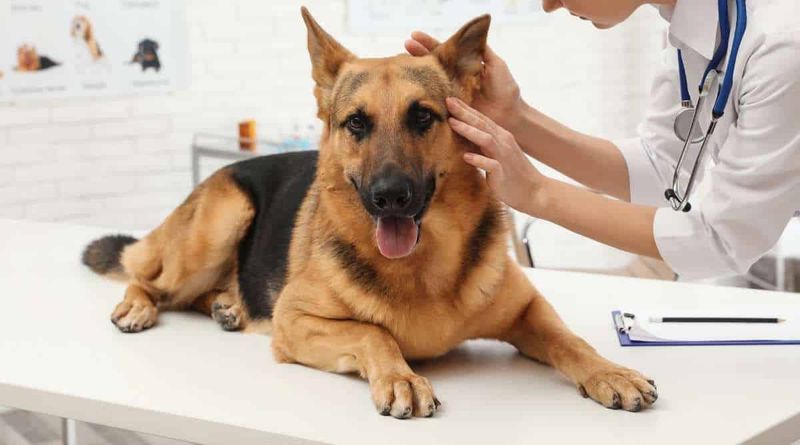
Health concerns remain identical since they’re the same breed. Hip and elbow dysplasia affect both, though some argue European lines have slightly lower rates due to different breeding standards.
Both face risks of degenerative myelopathy, bloat, and certain cancers. The average lifespan ranges from 9-13 years. Responsible breeding practices matter more than whether they’re called Alsatian or German Shepherd.
8. Grooming Needs
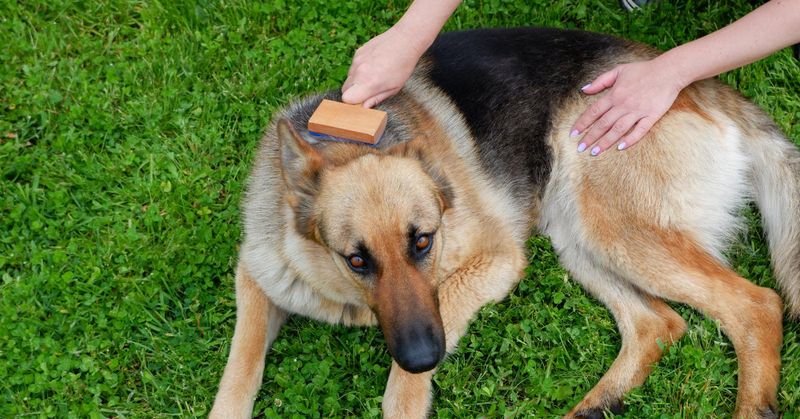
That gorgeous double coat sheds—a lot! Twice yearly, these dogs “blow” their undercoat, creating fur tumbleweeds throughout your home. Regular brushing (2-3 times weekly) helps manage shedding.
Bathing should be limited to every 2-3 months unless they get particularly dirty. Over-bathing strips natural oils. Their grooming needs are identical whether called Alsatian or German Shepherd.
9. Dietary Requirements

These athletic dogs thrive on high-quality protein-rich diets. Adult Alsatians/German Shepherds typically need 3-4 cups of premium kibble daily, divided into two meals to prevent bloat.
Their nutritional needs remain identical regardless of name. Large-breed formulations support joint health—crucial for these dysplasia-prone dogs. Working lines may require additional calories depending on activity level.
10. Their Role In Service And Protection
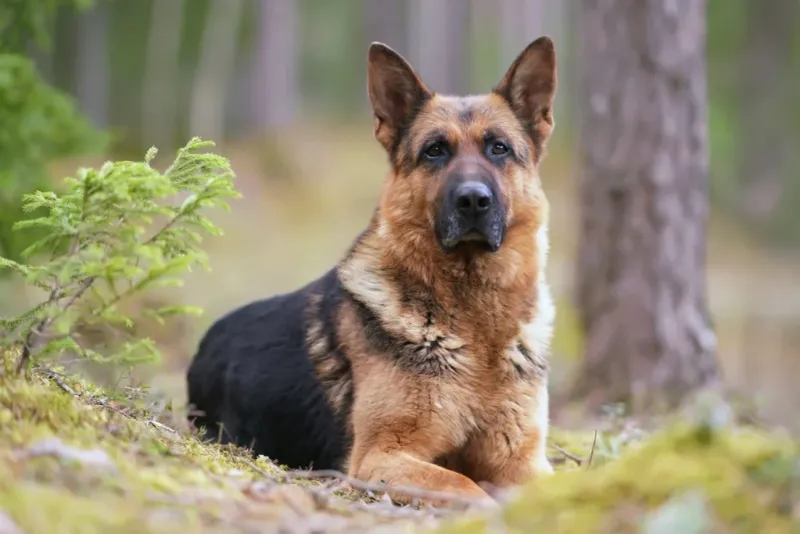
These versatile dogs excel in police work, military operations, search-and-rescue, and service dog roles. Their exceptional intelligence and trainability make them perfect for complex tasks.
In the UK, police often use the term “Alsatian” for their K9 officers. American forces typically use “German Shepherd.” Despite the name difference, they perform identical duties with the same remarkable capabilities.
11. The History Of The Alsatian In Europe Vs. The GSD’s International Impact

Captain Max von Stephanitz created this breed in 1899 Germany for herding and farm work. During WWI, the name change to “Alsatian” in Britain stuck for decades—officially until 1977!
Americans always maintained the German Shepherd name. The breed gained worldwide fame through Rin Tin Tin, a rescued WWI dog who became a Hollywood star, cementing the breed’s global popularity.
12. Are They Good Family Dogs?
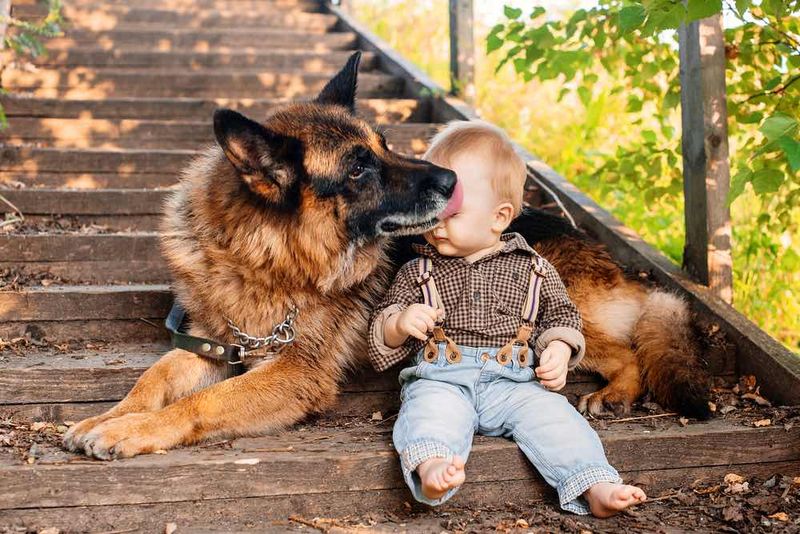
Absolutely! When properly trained and socialized, these dogs form incredible bonds with families. They’re naturally protective without being aggressive when raised correctly. Show lines tend to have calmer temperaments more suited to family life.
They’re patient with children and fiercely loyal to their people. Early socialization is crucial regardless of whether you call them Alsatian or German Shepherd.
13. Which Breed Should You Choose?
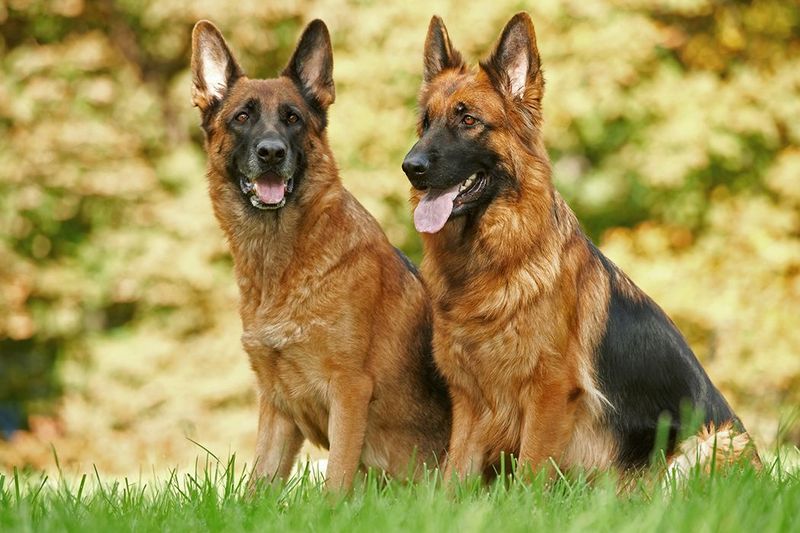
Remember—they’re the same dog! Your real choice is between working lines, show lines, American lines, or European lines. Working lines have higher energy and drive, requiring experienced owners.
European lines often have straighter backs and calmer temperaments. Show lines typically have more pronounced sloping backs. Consider your lifestyle, experience level, and activity habits when choosing your perfect canine companion.





